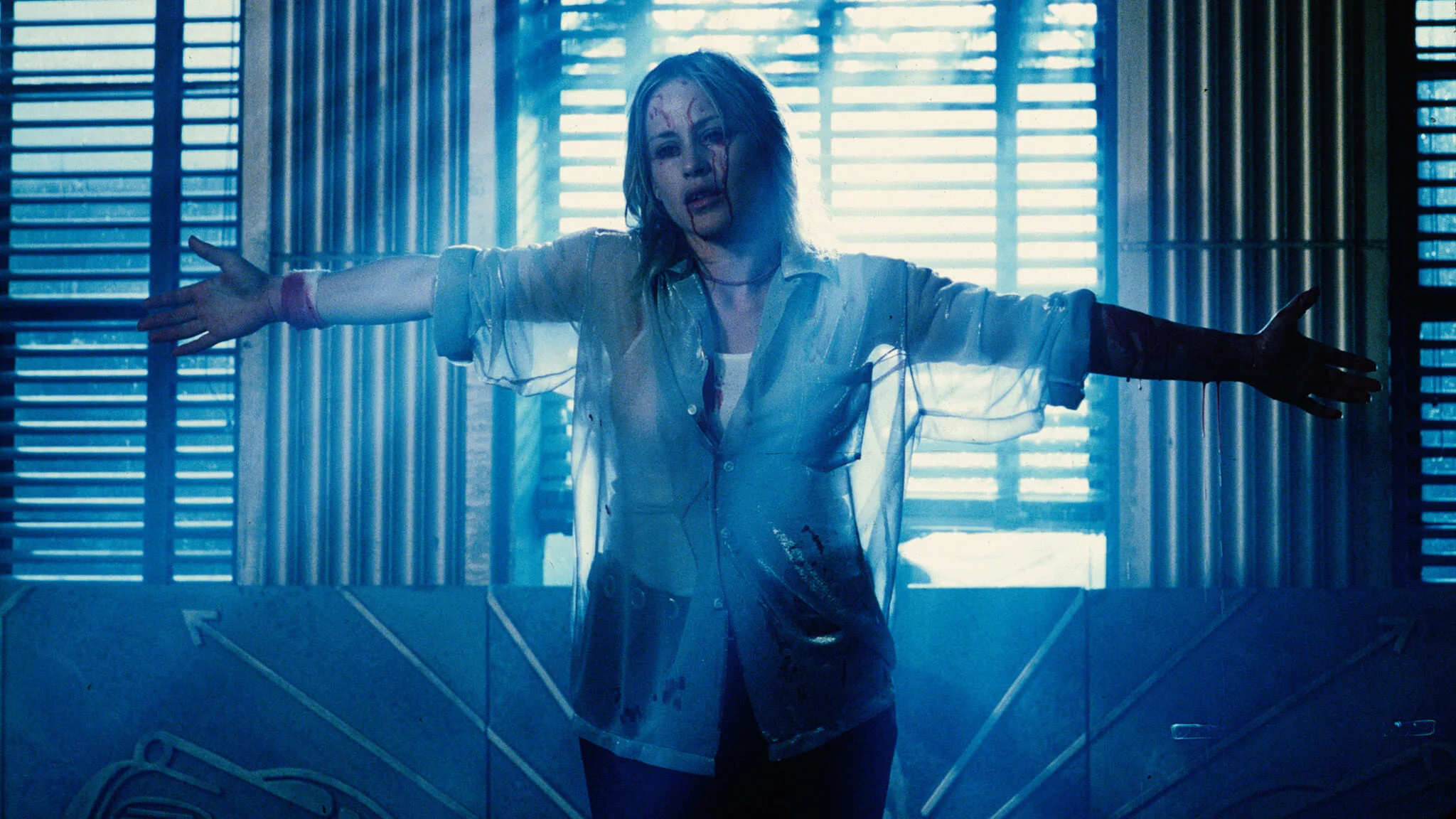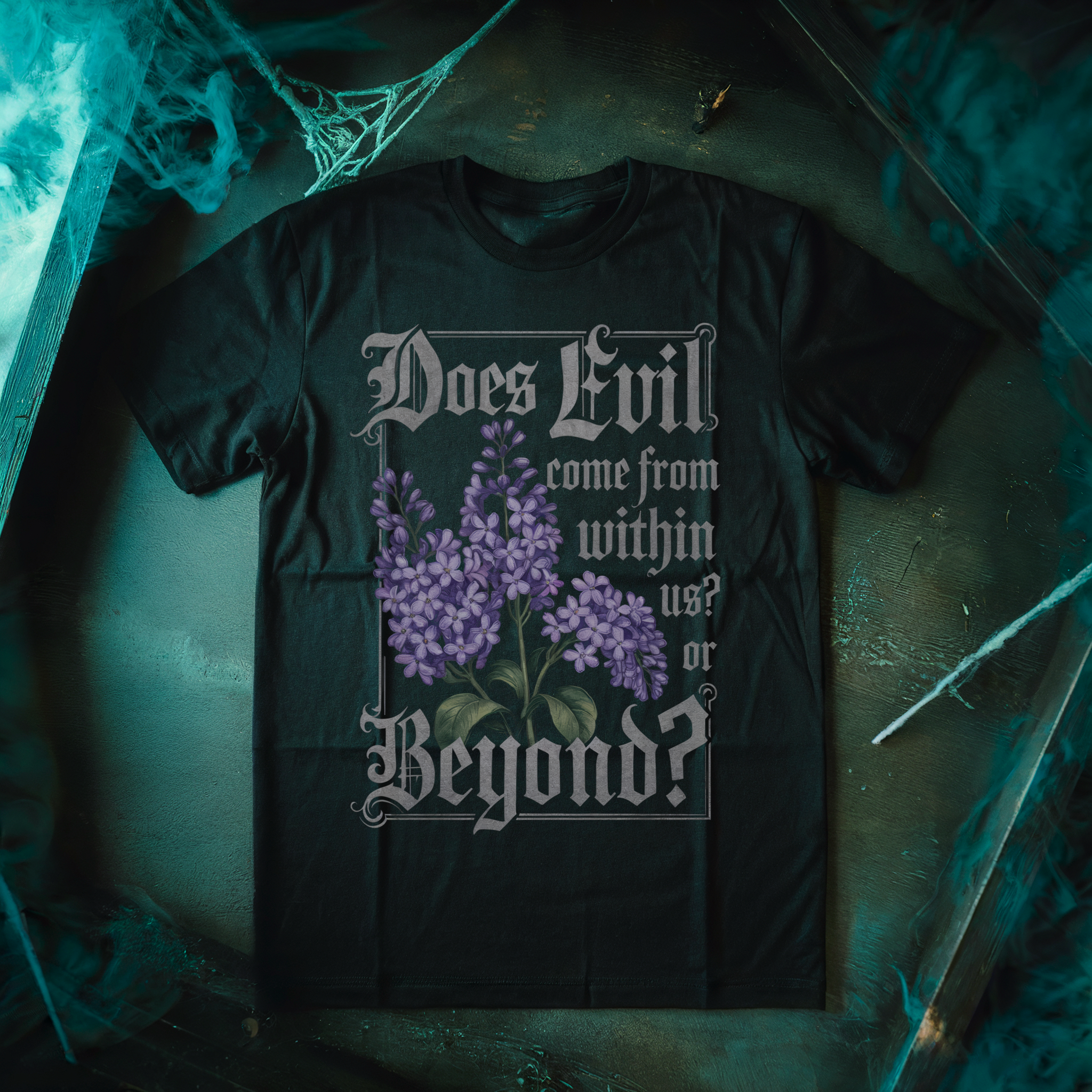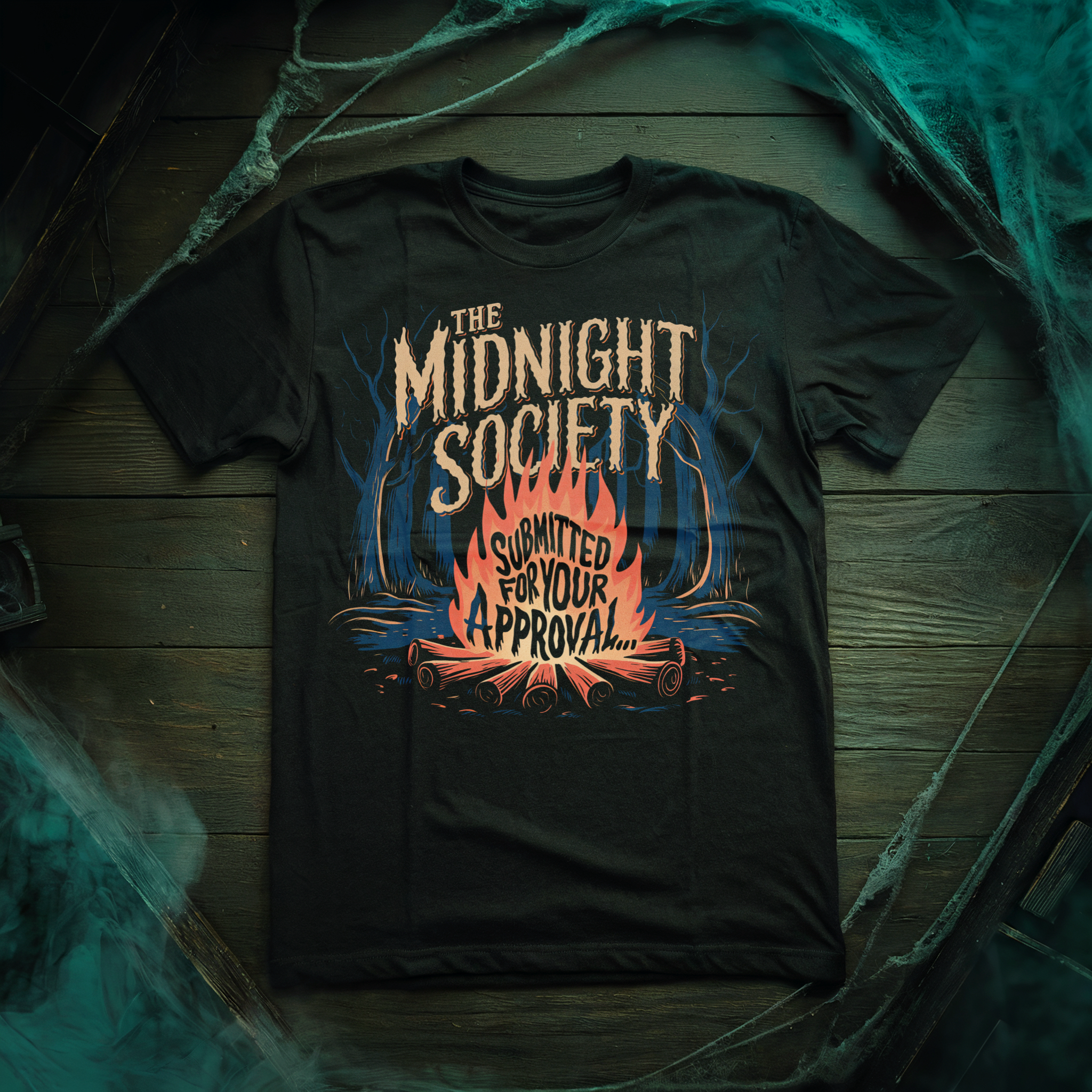When it comes to religious horror movies, filmmakers have long delighted in pushing boundaries, crafting tales steeped in blasphemy and the sacrilegious. These don’t just tiptoe around the edge of sacrilege; they dive headfirst into the abyss of the unholy. They challenge the sanctity of the sacred, turning hallowed ground into a playground for the profane and the demonic. This sub-genre of horror is not for the faint of heart, as it boldly questions and often subverts deeply-held beliefs, making it a thrilling ride for those who dare to question what’s held sacred.
From demonic possessions to unholy rituals, these films unflinchingly explore the darkest corners of religious belief and practice. They are the cinematic equivalent of forbidden fruit, offering a taste of the ultimate horror taboo: a forsaken, godless world. As we delve into the underbelly of religious horror cinema, we find a treasure trove of films that not only scare, but also provoke thought and controversy.
So, get down upon thy knees, and pray with me to the horror gods of all things unholy…
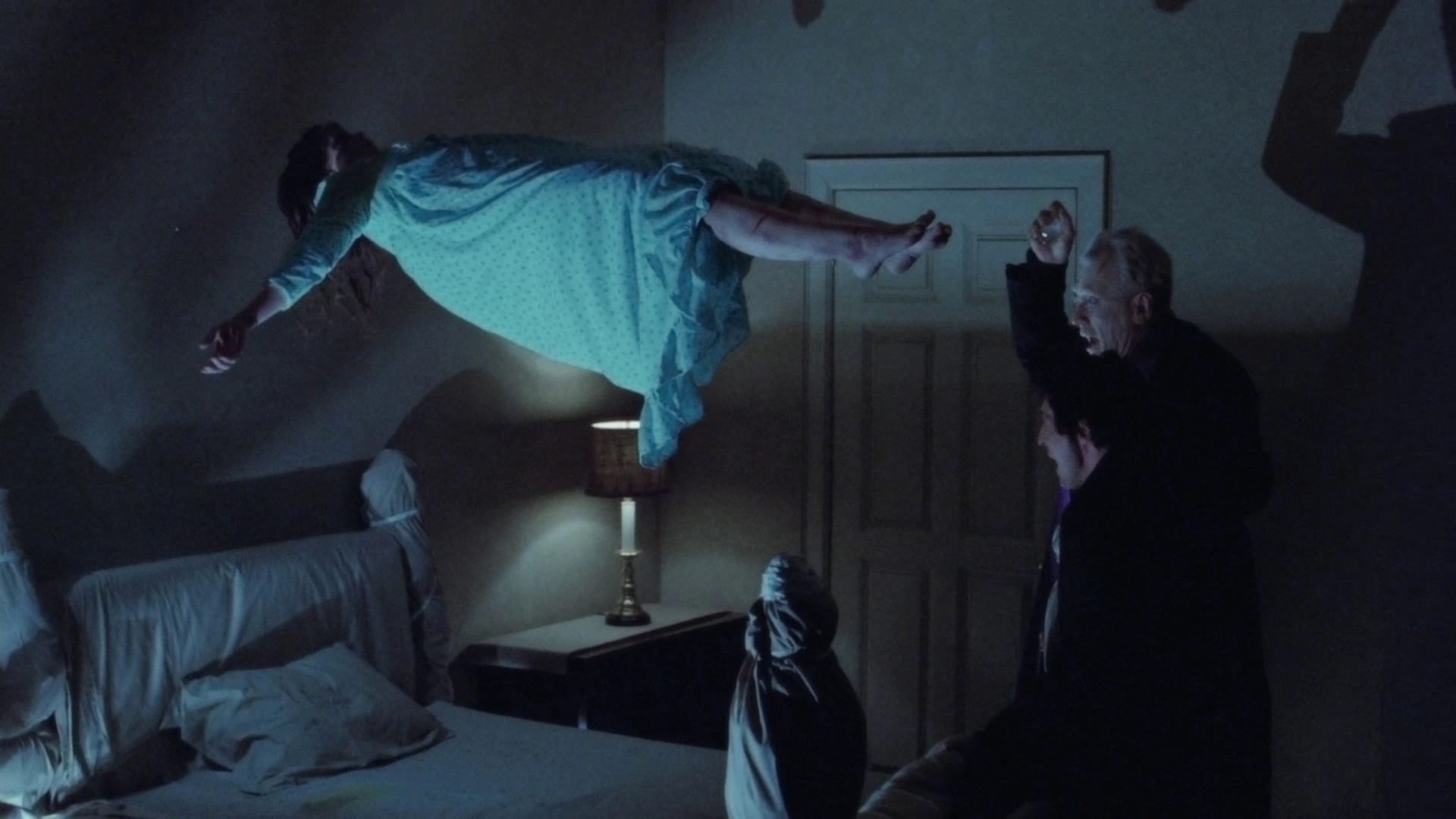
The Exorcist (1973)
The quintessential film in the pantheon of sacrilegious horror films; a cultural phenomenon that redefined the genre. The story of Regan MacNeil (Linda Blair), a young girl possessed by a malevolent entity, and the subsequent battle for her soul, remains unparalleled in its ability to disturb and terrify audiences. The film’s raw portrayal of demonic possession, complete with spine-tingling special effects and a haunting score, taps into the primal fear of the unknown and the unholy. It’s a masterclass in horror that invites viewers to ponder the fragile boundaries between good and evil, sanctity and sacrilege.
Where to Watch:
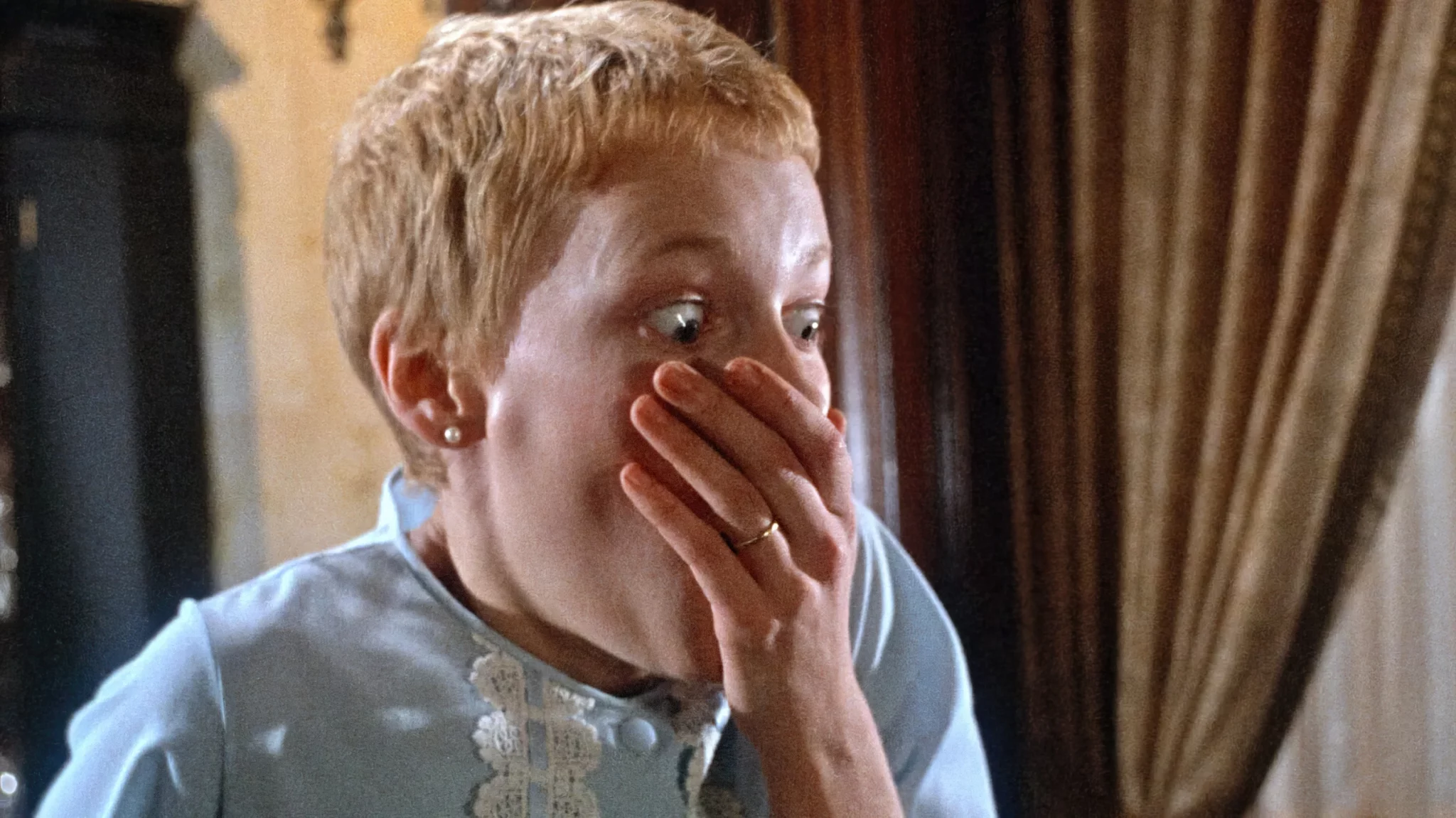
Rosemary’s Baby (1968)
Another iconic entry, Rosemary’s Baby (1968) presents a sinister narrative woven with threads of paranoia and satanic cults. The film chronicles the plight of Rosemary Woodhouse, played with palpable dread by Mia Farrow, who becomes ensnared in a horrifying conspiracy that culminates in the birth of the Antichrist. Oopsie! This film is a slow burn, filled with subtle yet persistent dread, as it exposes the horrors lurking beneath the surface of everyday life. It’s a tale of manipulation and betrayal, with a harrowing look at how the sanctity of childbirth can be perverted into a nightmare of biblical proportions.
Where to Watch:
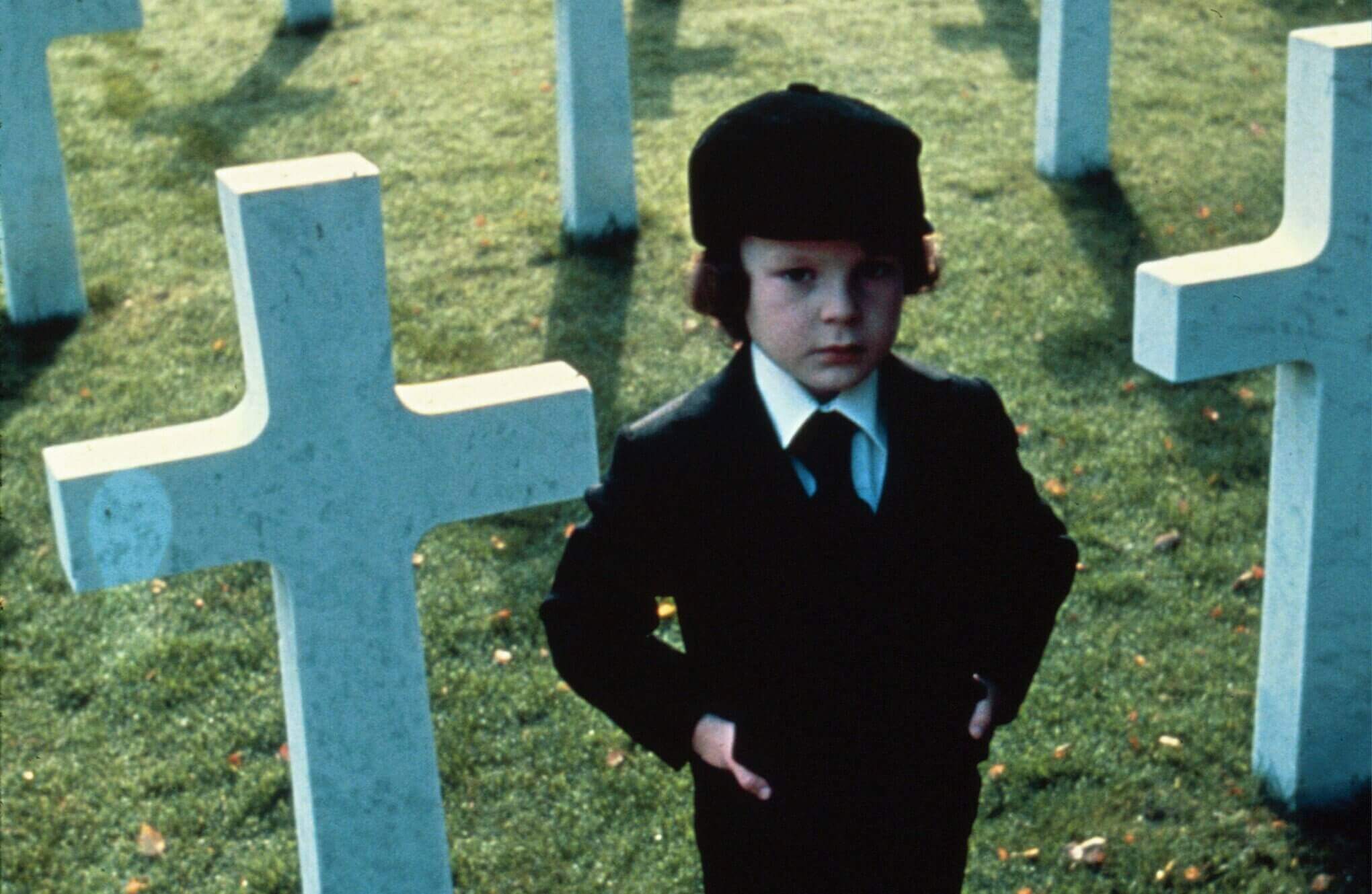
The Omen (1976)
Another crown jewel in the realm of demonic possession movies, The Omen tells the chilling story of Damien (Harvey Stephens), a child who is the living embodiment of the Antichrist. The film expertly blends prophecy, tragedy, terror, and a whole lot of blasphemy. From mysterious deaths to the iconic scene of the nanny’s demise, The Omen crafts a world where signs and symbols of evil permeate every corner, leaving no stone unturned in its quest to depict the ultimate battle between good and evil. Even when evil’s just so darn cute.
Where to Watch:
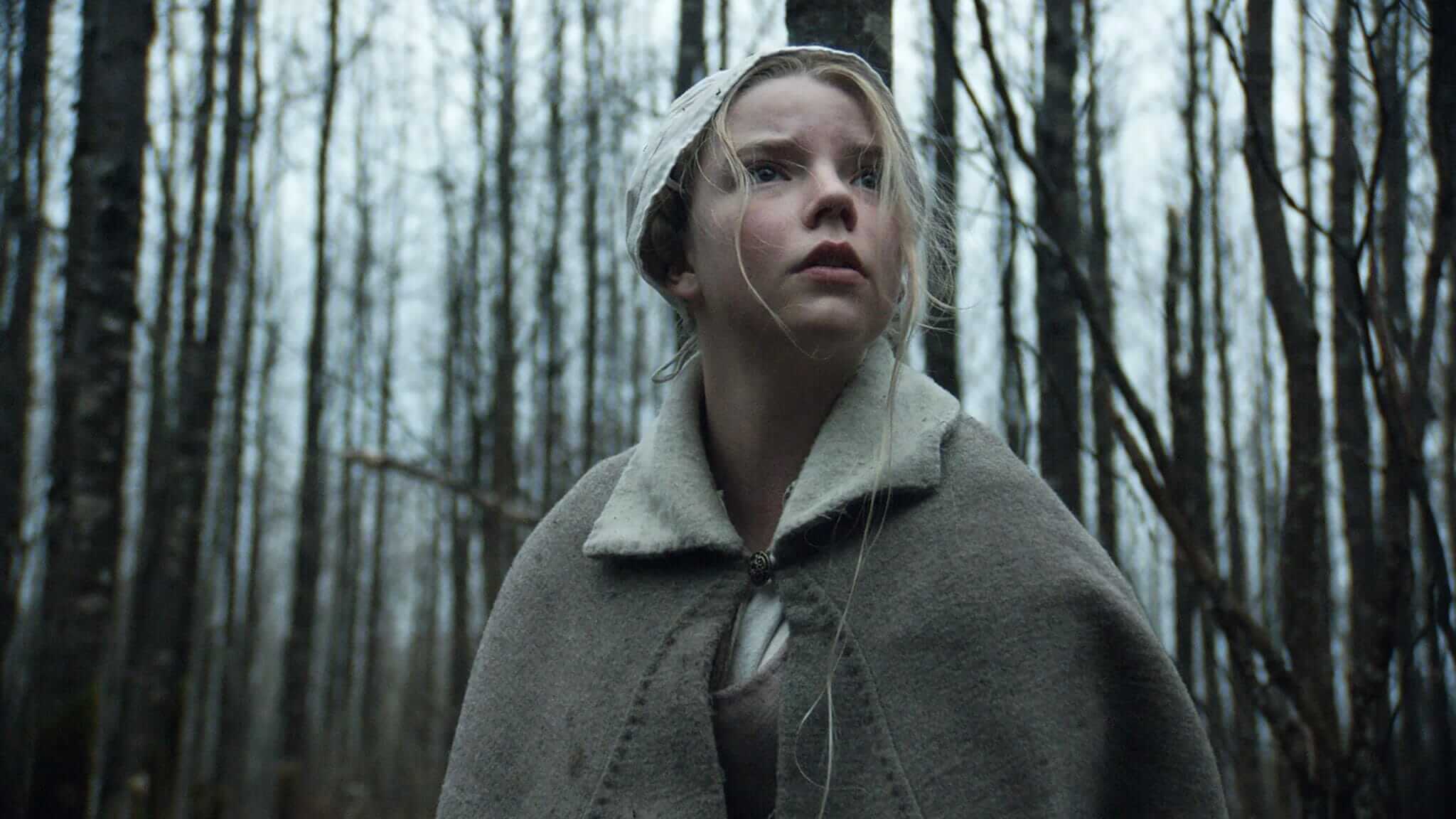
The Witch (2015)
The Witch (2015) takes us back to the 17th century, where a family’s exile to the edge of a menacing forest leads to their unraveling. The film’s exploration of religious fanaticism, isolation, and the diabolical is both mesmerizing and unnerving. It’s a meticulously crafted piece of cinema that uses the language of folklore and horror to delve into themes of sin, guilt, and redemption. The haunting atmosphere of The Witch serves as a perfect backdrop for the film’s slow descent into madness and sacrilege, culminating in a finale that’s both shocking and eerily sublime.
Where to Watch:

Stigmata (1999)
Stigmata (1999) is a film that tackles the phenomena of stigmata and religious skepticism in a modern context. It follows the story of Frankie Paige (Patricia Arquette), a woman who experiences the wounds of Christ, yet has no ties to the church. This film blends elements of supernatural horror with a critical look at the politics and corruption within religious institutions. Stigmata doesn’t just shock with its graphic depiction of mystical wounds; it also probes the complexities of faith in a secular world, challenging viewers to question the nature of belief and the power structures of organized religion.
Where to Watch:





